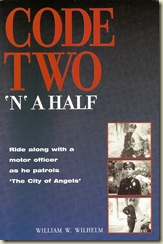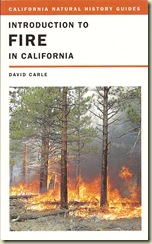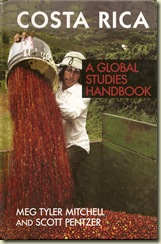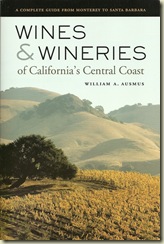William W. "Bill" Wilhelm spent 20 years with the Los Angeles Police Department, 18 of them as a "motor officer." When he retired in 1973 he had logged more than a million miles "without a preventable accident." That's not to say he had an "easy street" job, though. He saw his share of bodies, criminal shenanigans, official bureaucracy , and bad cops; and he worked the Watts riot in the summer of 1965 and the Sylmar quake in the San Fernando Valley in 1971.
Wilhelm has collected his reminiscences in dozens of vignettes. Though there are no accompanying photographs (a personal camera was forbidden on the job), his sprightly prose and dry wit paint a vivid picture of life from the officer's perspective in "Code Two 'N' a Half" ($12.95 in paperback from Oak Tress Press, www.oaktreebooks.com).
"Many see the motorcycle officer only as the dreaded image in the rear view mirror. Surely this guy has no sense of humor. His talent must be limited to eating doughnuts, hiding behind billboards and looking as if he doesn't understand the problem." Wilhelm is out to dispel the stereotype.
One time, after stopping a speeding motorist, he recognized a man he had served with in the Marine Corps during World War II. But he didn't recognize Wilhelm. Just before writing a citation, the officer "tilted my head back and told him I was getting a message. Then I told him, 'You were a Marine in the war. . . . You had a friend named Bill. I can see you and him in a foxhole.' He looked at me as if I were a complete nut case. 'I'm not getting Bill's last name.'" "Wilhelm," said the driver, and then the officer removed his helmet and sunglasses; "I told him he'd better keep his speed down, because the police department was short on Marines who were with him in the war."
The LAPD uses Code 2 for "get there legally, but without delay," and Code 3 for "emergency." When another unit had Code 3, Wilhelm notes that sometimes, when backup units "were riding fast to get there, the inside joke was that were were rolling 'Code Two 'n' a Half.'" Readers will enjoy the trip.




